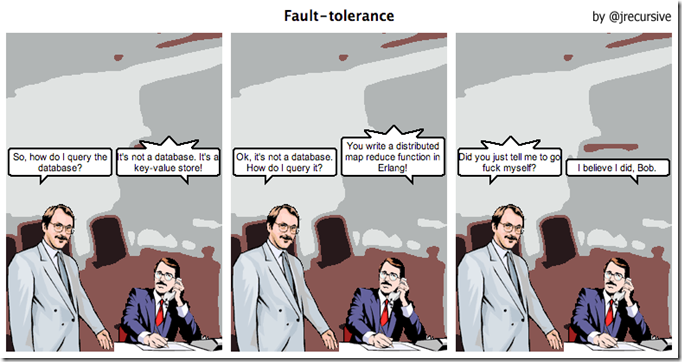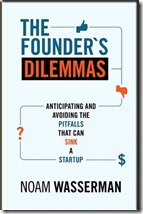Hat tip to Paul Bleicher, love this very geeky take – from 2009 – but just as relevant to today. (Cartoon by John Muellerleile.)
Should an Angel Investor also get Advisory/Board Equity?
It’s demo day time of year in New England. Last month was the big MassChallenge finale. Last week was demo day for BetaSpring in Providence, RI, as well as for HealthBox Boston. This week it’s Techstars Boston Demo Day. One thing most of the presenting companies have in common is that they are raising seed investment funds from the angel, micro-VC and VC communities.
Over the last couple of years entrepreneurs have asked me a few times about cases where a potential angel investor, often someone who has been a mentor to the company in the program, says that they want to invest, but that they also want extra equity for being an advisor or board member, because they “bring more to the table than just money”.
Those people may be right. Some angels can indeed offer more than just money, but the decision about who should be an investor is different from who should get equity for advisory or board help. Equity is very precious, and so advisory or board equity should not be granted lightly.
Here is my advice.
- If someone can be really helpful, the chemistry is good, you like them and you think they can bring great value as an advisor or board member then you should be willing to bring them on in this kind of role and grant them some equity, whether or not they invest.
- If someone is your lead (or a major) investor and their terms are to require a board seat (plus equity) then you can decide whether or not to accept those terms, negotiate them or reject them.
- If someone is joining an existing structure for a seed investment but insists on this extra role and equity you can politely say that you are keeping those elements separate, and they are welcome to invest but you are not linking the two at this time. This may mean turning down an investor. Obviously if you NEED them to make the round come together then you are back to #2.
Certainly you can approach this cautiously... including asking for references of other CEOs and startups where this angel is filling this kind of role, ideally from companies in similar industries where the extra “sweat” contribution is likely to be similar.
You should make sure the extra equity is common stock (not preferred), that it vests with a one year cliff, and that you have the right to terminate the relationship without cause at any time if you feel the person is not really adding the value that you hoped.
Startups: Dilemmas and Charters
New startups are sometimes formed by teams that have known and worked with each other before, and some are formed by teams that just met each other at a founder dating website or event, and decide to work together after just a few weeks.
In either case, getting the team off to a good start where everyone is on the same page is really important.
Two great books that all founders should read are
When you get started with a good friend, an old friend, or a brand new one, these books show why getting explicit agreements, both formal and informal, on a wide variety of issues can be deeply important in the years ahead.
The Founder’s Dilemmas, by Noam Wasserman, is really focused on tech (and similar) startups that take outside financing and are geared towards a liquidity event (a sale or IPO). The book goes into detail, with great examples, of the things that can (and do) go wrong with alarming regularity. It then examines the dilemmas which are created in deciding how to get ahead of these problems and ways to get through the dilemmas to agreements that are clear, fair and workable.
The Partnership Charter, by David Gage, is a more general look at working together (and not just in tech startups). However, it provides a way for partners to think about, and talk about, working styles, values, accountability and responsibilities, future changes in management and structure and many other key issues. There is some overlap with Wasserman’s book, but the approach is different, and worth the time to read as well.
Look at the reviews on Amazon (and elsewhere), buy the books, and read them!


